Risk to Indian economy if spread of COVID-19 continues, says IMF official
Tue 30 Jun 2020, 23:25:56
(1).jpg)
The main downside risk to India’s growth forecast is the continued spread of the Covid-19 pandemic as the health crisis has not yet been contained, a top IMF official said on Tuesday, noting that the country’s near-term growth outlook continues to be clouded by the global and domestic slowdown and uncertainties relating to the coronavirus.
Recently, the International Monetary Fund (IMF) in its report projected the Indian economy to contract by -4.5 per cent in 2020, which is the slowest Indian growth that it has in its record since 1961.
“The main downside risk to India’s growth forecast is the continued spread of the pandemic as the health crisis has not yet been contained. Further outbreaks could require additional lockdowns to contain the pandemic. Concerns about the virus could also dampen consumer confidence and delay the economic recovery, Chang Yong Rhee, who is director of IMF’s Asia and Pacific Department, told PTI in an interview.
The economic impact of Covid-19 has been substantial and broad-based. High-frequency indicators point to a sharp decline in economic activity, as reflected in industrial production, business sentiment (eg, in the Purchasing Managers Indices), vehicle sales, and trade, he said.
The downward revision to growth in FY20/21 is driven primarily by the continued rise in the number of COVID cases in India, he said.
“This led us to make two specific adjustments. First, the assumed length of the partial lockdown was extended somewhat, consistent with the latest government announcement. Second, and more importantly, we made more conservative assumptions about the speed of recovery given that the health crisis has not yet been contained despite the extended lockdown,” Rhee said.
According to him, the near-term growth outlook in India continues to be clouded by the global and domestic slowdown and uncertainties relating to the evolution of the coronavirus pandemic.
Observing that the pandemic and the lockdown have a severe impact on industries and services (hotels, restaurants and transportation sectors), he said the GDP release of 2020 Q1 (January to March), including the beginning of the lockdown period, points to a decline in both manufacturing and construction sectors compared with last year and the previous quarter.
Rhee said that Indian authorities so far have provided substantial aggregate policy support in terms of monetary, financial, and fiscal measures. The significant monetary easing and liquidity support helped ease any sharp tightening of aggregate liquidity conditions, he added.
“As regards to fiscal policy, the substantial credit-guarantees and related schemes could play an important role in forestalling an even sharper contraction in economic activity,
insofar as they are well implemented, targeted, temporary, transparent, and provide liquidity to firms most in need, Rhee said in response to a question.
insofar as they are well implemented, targeted, temporary, transparent, and provide liquidity to firms most in need, Rhee said in response to a question.
That said, there is room for more on-budget fiscal stimulus to reinforce the pandemic response and recovery of the Indian economy, particularly in the form of support for vulnerable households. Further fiscal support to vulnerable SMEs is also a priority.
More targeted transfers to the poorer members of society are vital to maintaining some basic standard of living while they are out of work, and while obtaining even basic necessities is a challenge, he said.
However, he observed that a return to economic normalcy is beyond the scope of what can be achieved by economic stimulus alone – this is unlikely to be achieved until the threat of loss of life from Covid-19 has been eliminated.
When asked about the impact of tensions between India and China, he said that deepening trade integration within the region and globally would help India’s investment, growth, and job creation agenda.
“Avoiding the escalation of trade disputes is important to avert the adverse impact on the Indian, regional and global economy, especially amid this current juncture of unprecedented uncertainty for the global economy, he said.
Rhee said that the priority at the current juncture remains containing the pandemic and its impact on the Indian economy.
Currently, India has the fourth-highest confirmed cases of Covid-19 in the world with over 566,000 positive infections and over 16,000 deaths.
“The design of exit strategies should take into account the evolution of the coronavirus pandemic and the potential impact on the health care infrastructure,” he said.
“Three specific challenges that are reflected in our updated forecast for the economy relate first, to containment of Covid-19 and the health sector more generally, second, to financial sector vulnerabilities, and third, to India’s fiscal position over the medium term, Rhee said.
India’s fiscal position will deteriorate as a result of the pandemic and the (appropriate) deployment of resources to counteract the negative health and economic effects of the virus and related lockdown measures, he said.
Higher spending today should be targeted, timely, and temporary, and should be accompanied by a credible and well-communicated medium-term consolidation plan, once the virus is well-controlled, Rhee said.
According to him, a protracted slowdown could exacerbate the pre-pandemic financial vulnerabilities.
The Covid-19 shock has put further stress on the strained financial sector, which could further delay the economic recovery, Rhee said.
No Comments For This Post, Be first to write a Comment.
Most viewed from National
Most viewed from World
AIMIM News
Delhi Assembly polls: Owaisi leads Padyatra in Okhla
Feb 01, 2025
We reject this Waqf Amendment Bill: Asaduddin Owaisi
Jan 30, 2025
Latest Urdu News
Most Viewed
May 26, 2020
Which team will win the ICC Men's Champions Trophy 2025 held in Pakistan/Dubai?
Latest Videos View All
Like Us
Home
About Us
Advertise With Us
All Polls
Epaper Archives
Privacy Policy
Contact Us
Download Etemaad App
© 2025 Etemaad Daily News, All Rights Reserved.


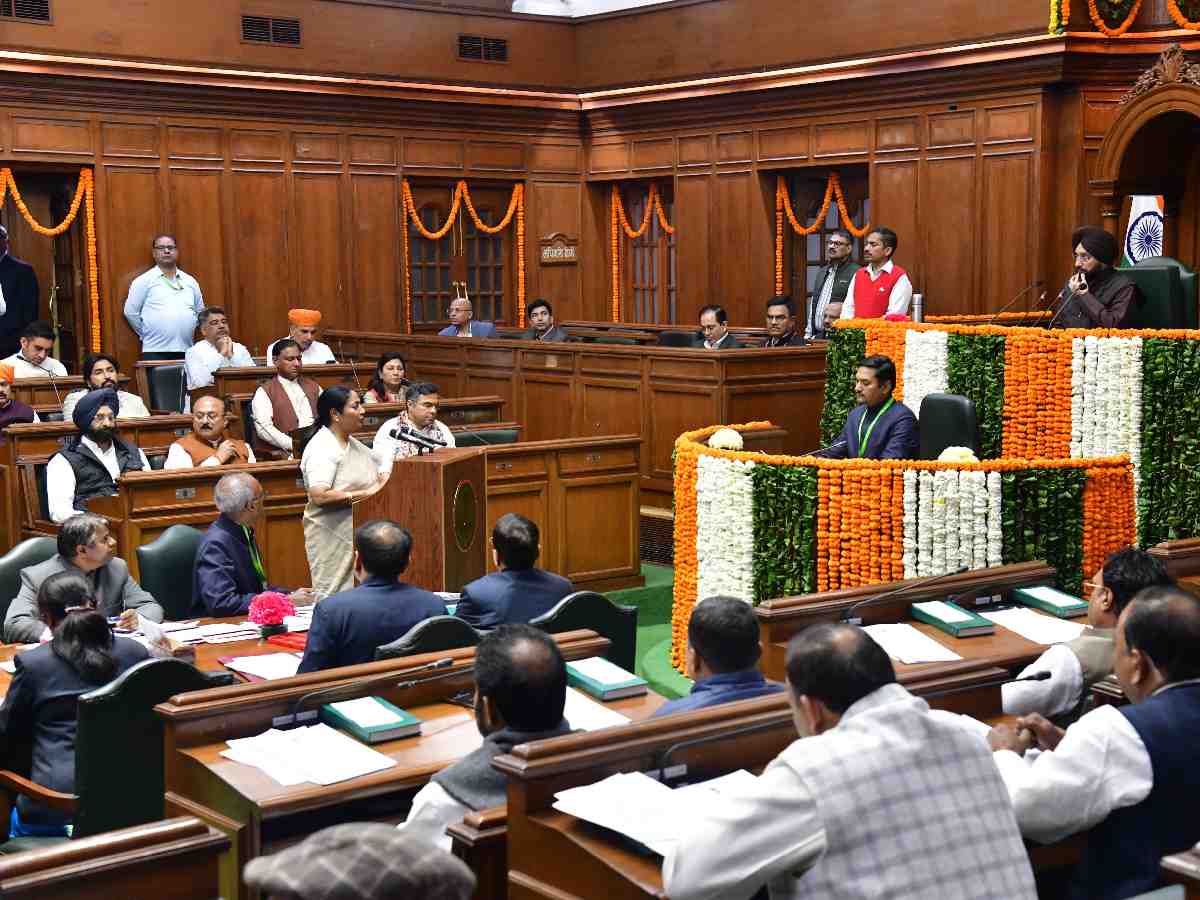
.jpg)

.jpg)
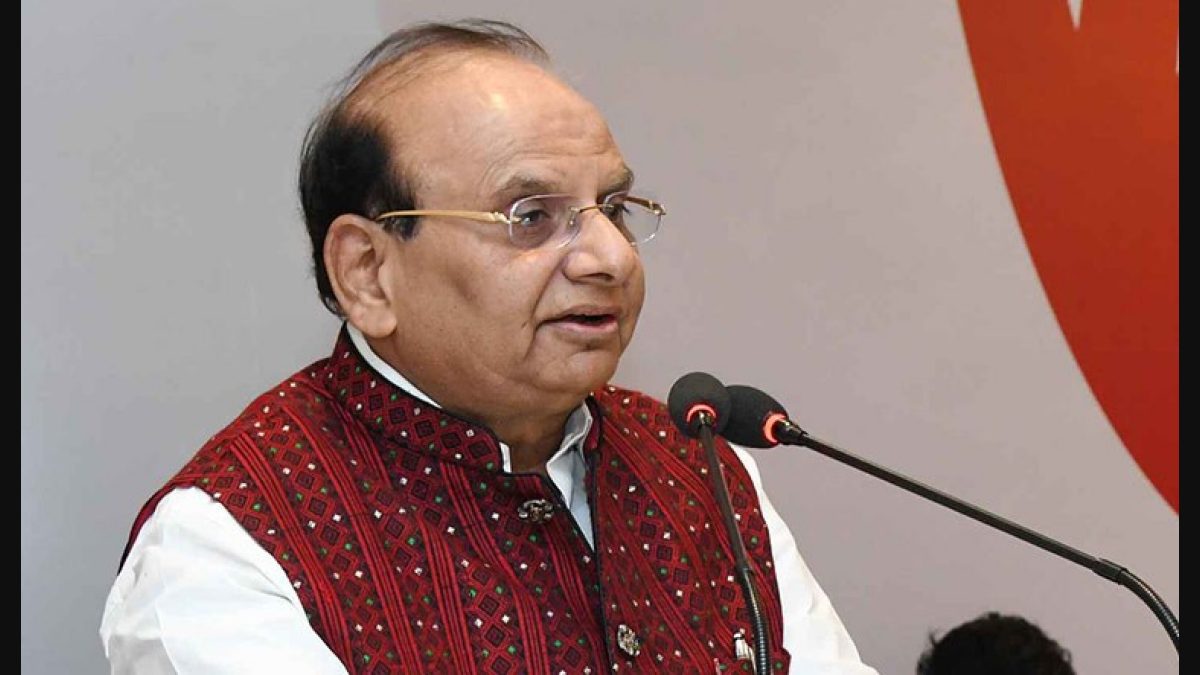
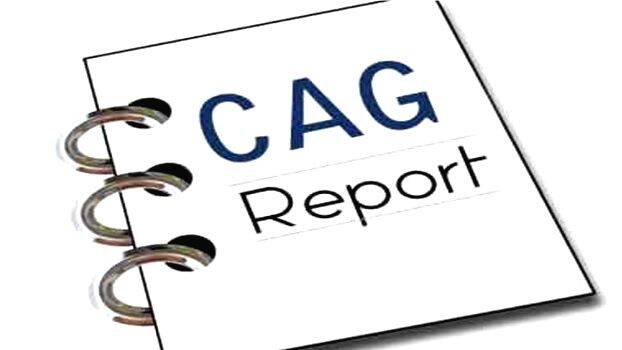


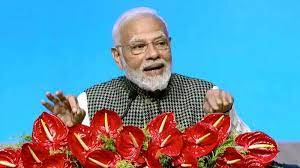
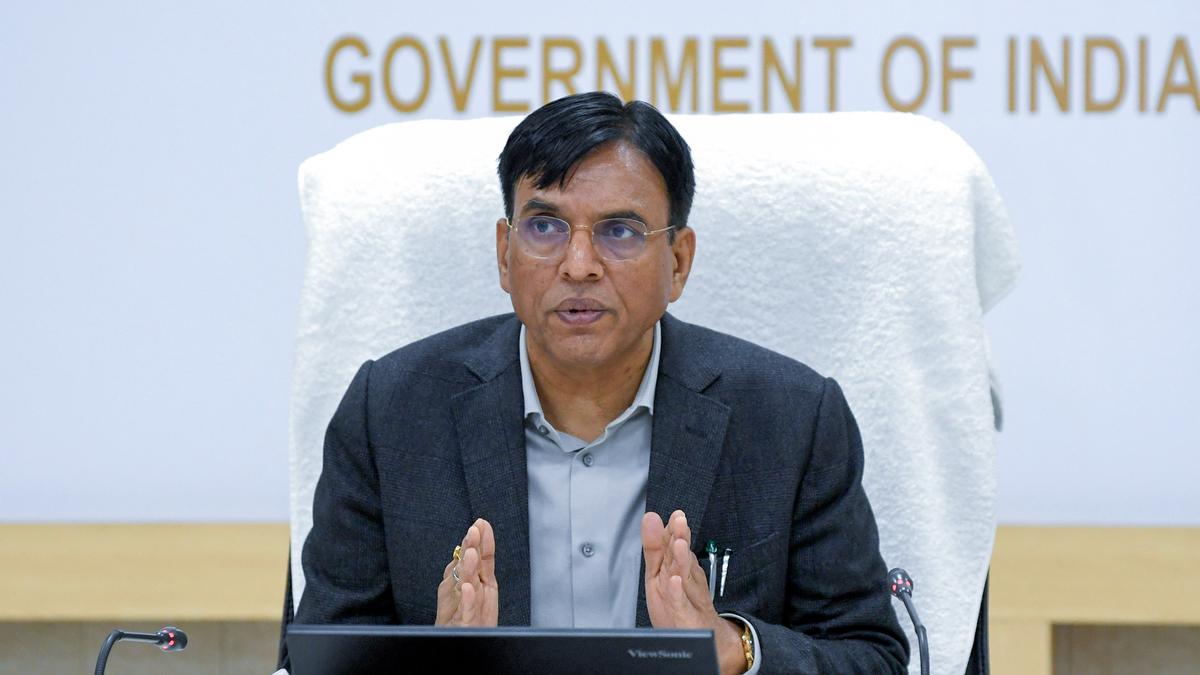
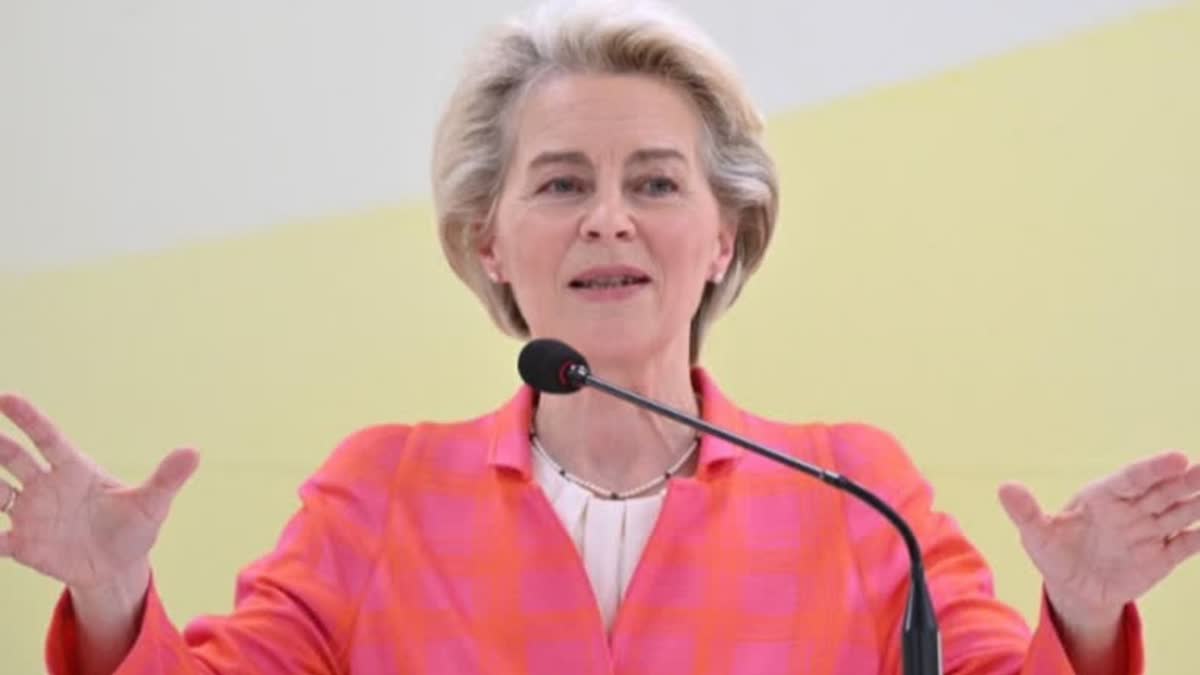
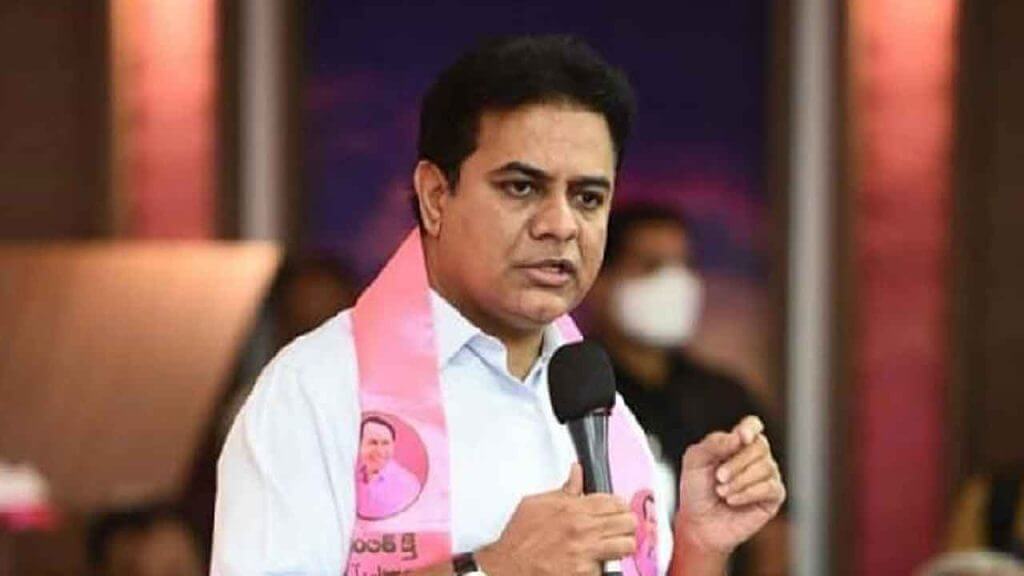
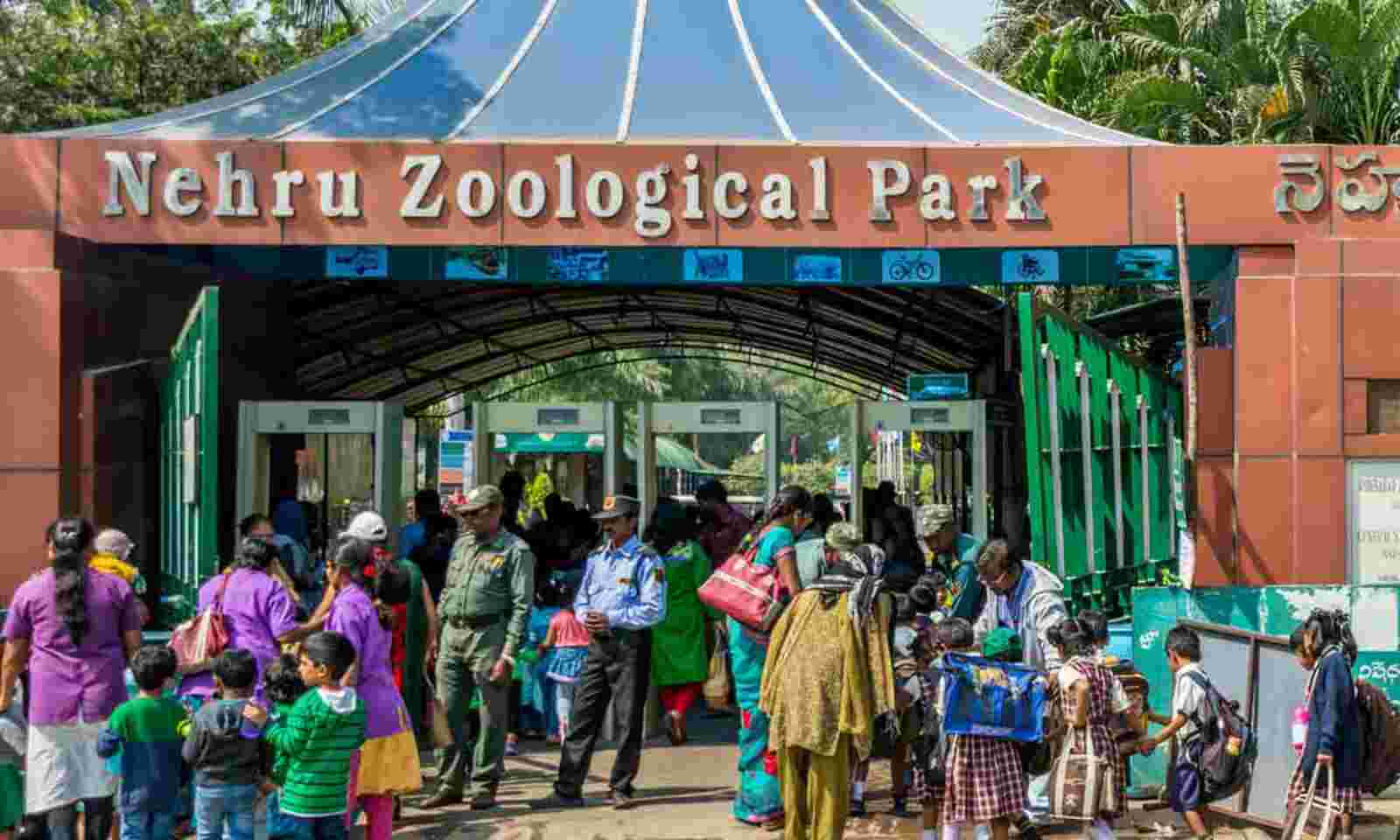
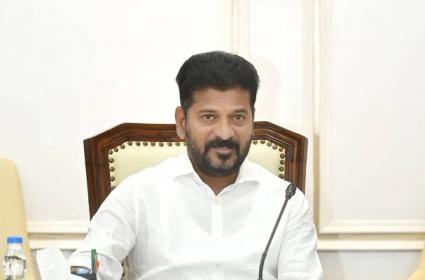
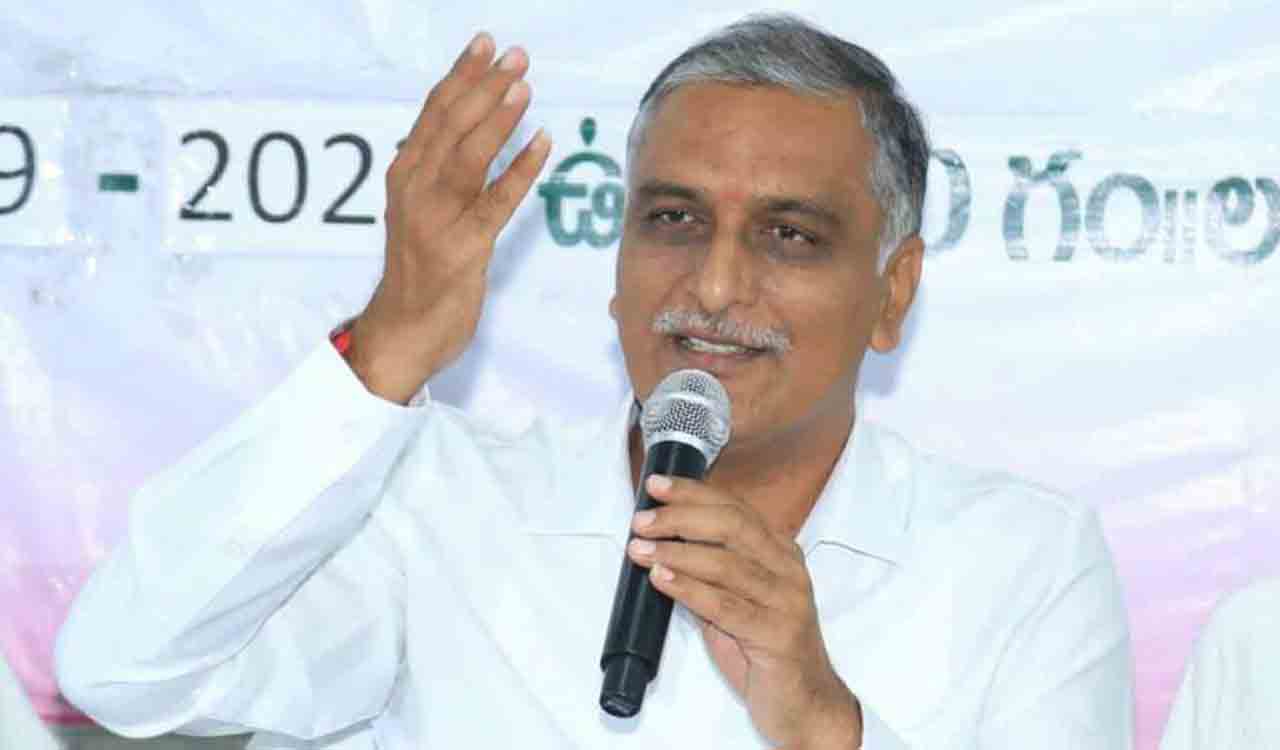
.jpg)
.jpg)
.jpg)
.jpg)
.jpg)
.jpg)
.jpg)
.jpg)

















